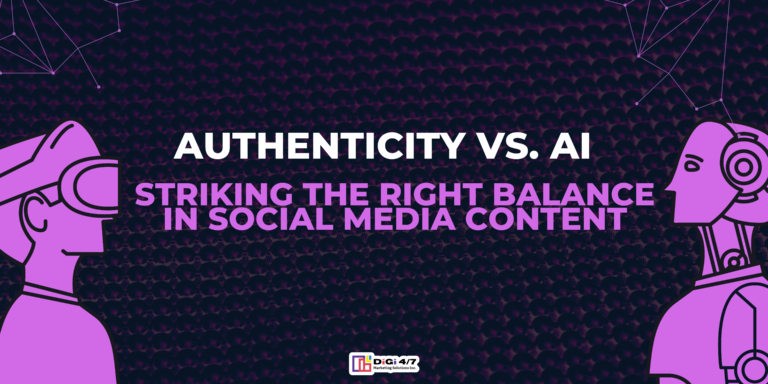
Creating a Strong Brand Identity: Essential Elements
In today’s competitive marketplace, a strong brand identity serves as the foundation for a successful business. It distinguishes a company from its competitors, fosters customer loyalty, and conveys its values and mission. Understanding and implementing the essential elements of brand identity is crucial for any organization aiming to establish a lasting impression.
1. Clear Brand Purpose
A strong brand identity begins with a clear purpose. This purpose defines why the brand exists beyond making a profit. Successful brands articulate their mission and vision, which resonate with their target audience. For instance, a company that prioritizes sustainability should communicate its commitment to environmental responsibility. When consumers understand a brand’s purpose, they are more likely to connect emotionally and choose that brand over others.
2. Consistent Visual Elements
Visual elements play a significant role in brand identity. These include the logo, color palette, typography, and imagery. Consistency in these elements across all platforms helps create a recognizable brand. For example, Coca-Cola’s iconic red and white logo is instantly recognizable worldwide. Companies should develop a style guide that outlines how these elements should be used, ensuring a cohesive look and feel in all marketing materials, from websites to social media posts.
3. Distinctive Voice and Tone
The brand’s voice and tone reflect its personality and values. Whether a brand chooses to be formal, casual, playful, or authoritative, consistency in messaging is key. For example, Nike uses an inspirational tone that motivates its audience, while a brand like Innocent Drinks adopts a quirky and friendly voice. Establishing a clear voice helps in creating content that resonates with the target audience and reinforces the brand’s identity.
4. Target Audience Understanding
Knowing the target audience is crucial for shaping a brand identity. Businesses should conduct thorough market research to understand the demographics, preferences, and pain points of their audience. By aligning the brand identity with the needs and desires of its customers, companies can foster stronger connections and build loyalty. Engaging with customers through surveys, social media, and feedback can provide valuable insights that inform brand development.
5. Unique Value Proposition
A compelling unique value proposition (UVP) differentiates a brand from its competitors. This statement clearly articulates what makes the brand unique and why customers should choose it. For instance, TOMS Shoes stands out with its “One for One” model, where each purchase funds a pair of shoes for someone in need. A strong UVP not only attracts customers but also reinforces the brand’s identity and purpose.
6. Brand Storytelling
Storytelling enhances brand identity by creating an emotional connection with the audience. Sharing the brand’s origin story, mission, and values through compelling narratives allows consumers to relate to the brand on a personal level. Brands like Apple effectively use story telling to convey their innovative spirit and commitment to creativity. By weaving stories into marketing efforts, brands can deepen engagement and build a loyal community.
7. Customer Experience
A strong brand identity is reflected in every customer interaction. From the quality of products to customer service, businesses must deliver a consistent and positive experience. Brands like Zappos are known for exceptional customer service, which reinforces their identity as a customer-centric company. By prioritizing customer experience, brands can foster loyalty and encourage word-of-mouth marketing.
8. Adaptability
While consistency is vital, adaptability also plays a crucial role in brand identity. As markets evolve and consumer preferences change, brands must be willing to adapt their identity without losing their core values. Companies like Starbucks have successfully updated their brand identity to stay relevant, introducing new products and adjusting their messaging in response to consumer trends.
Conclusion
Creating a strong brand identity requires a thoughtful approach that incorporates several essential elements. By establishing a clear purpose, maintaining consistent visual elements, and understanding the target audience, brands can effectively differentiate themselves in the marketplace. Additionally, a distinctive voice, a compelling UVP, engaging storytelling, and a commitment to customer experience further enhance brand identity. Finally, adaptability ensures that the brand remains relevant in a dynamic environment. By focusing on these elements, businesses can build a robust brand identity that resonates with consumers and stands the test of time.















